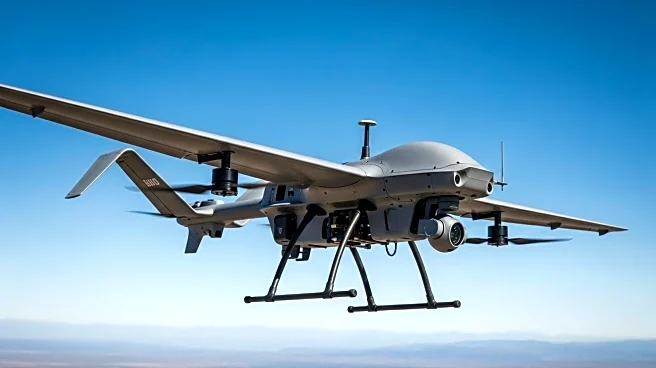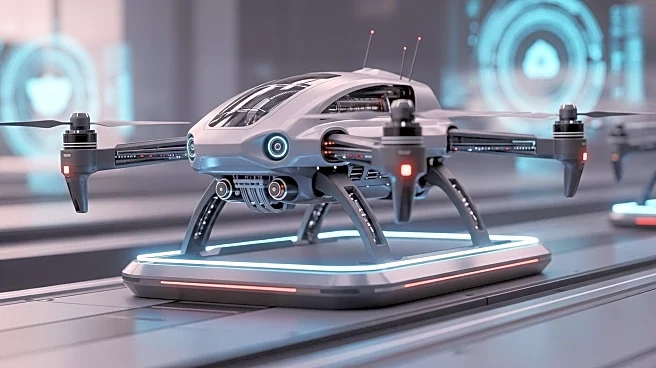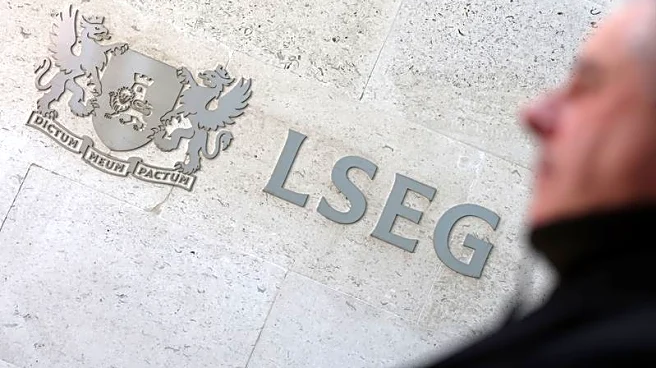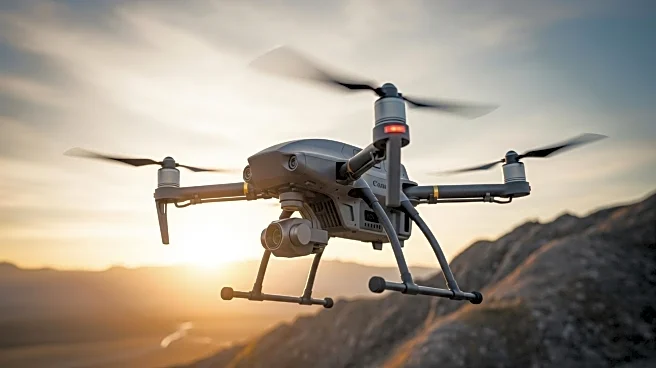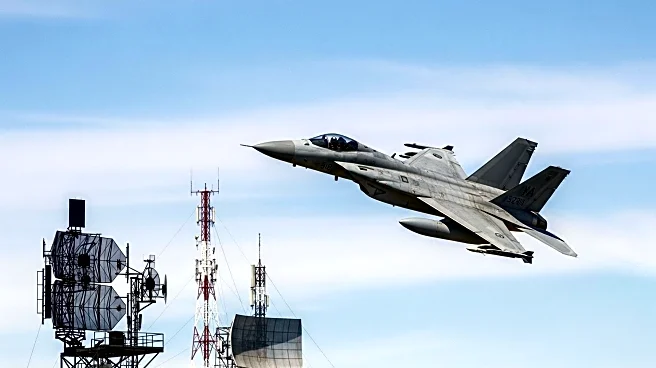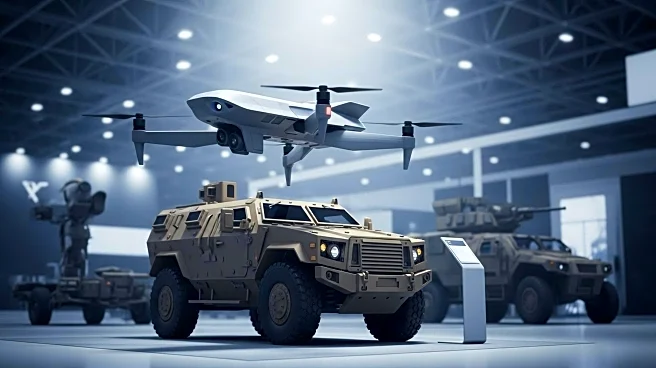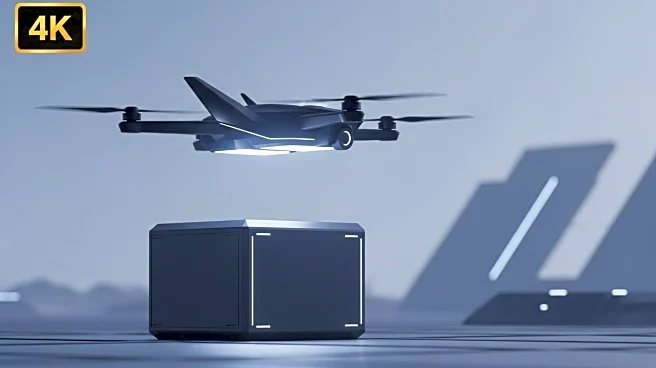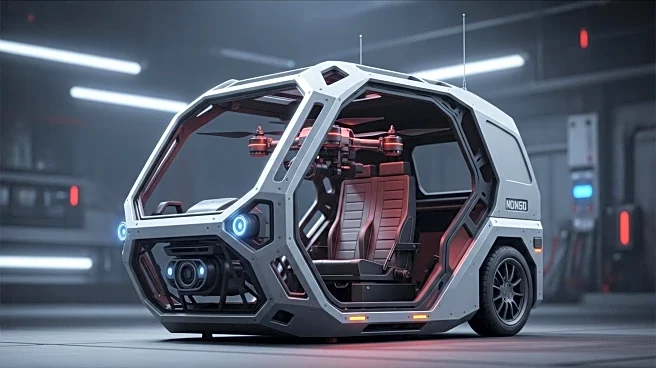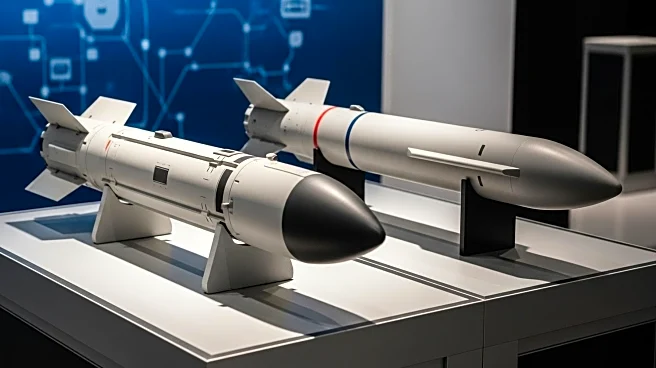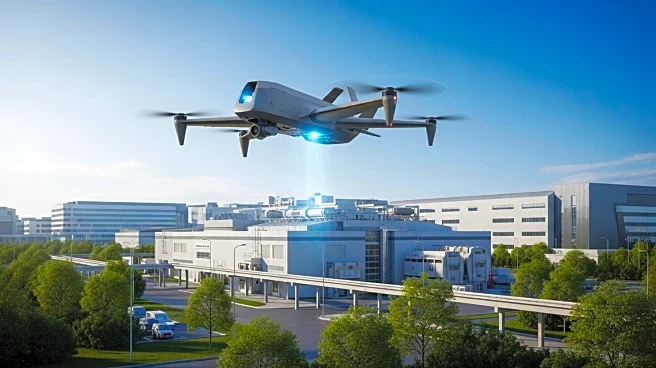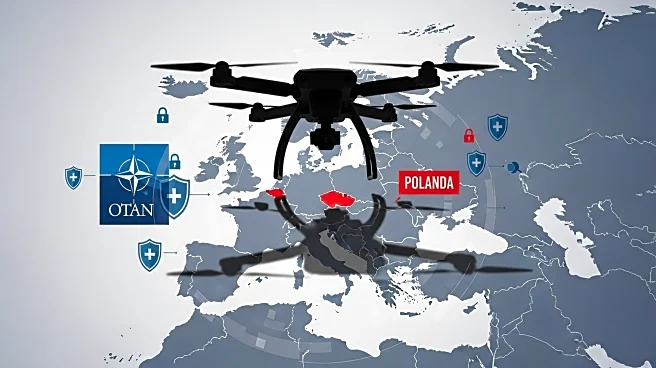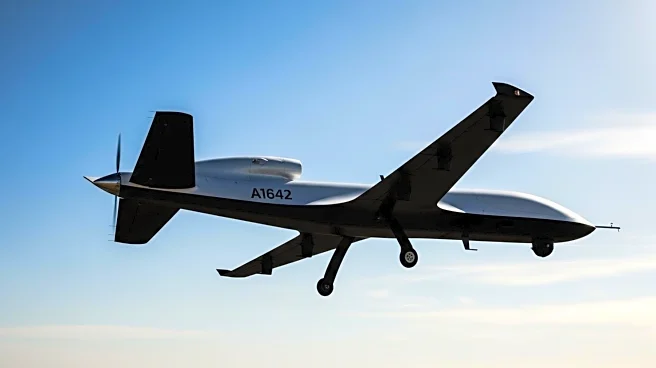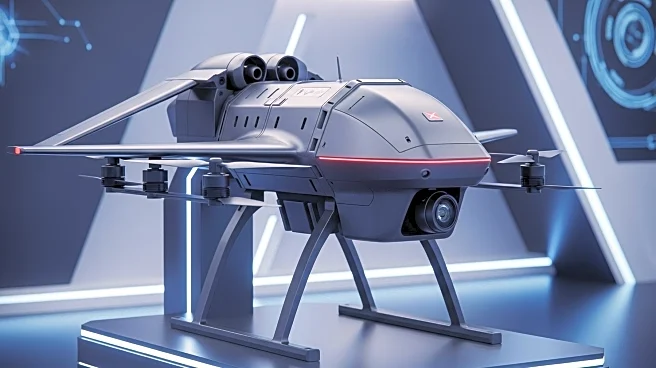What is the story about?
What's Happening?
Tekever, a Portuguese developer of uncrewed aircraft systems (UAS), has unveiled the latest version of its AR3 EVO platform, incorporating lessons learned from its deployment in Ukraine. The new AR3 EVO features modular design improvements, allowing for rapid replacement of payloads and communication systems. It can be powered by either heavy fuel or electric motors and includes a vertical takeoff and landing (VTOL) capability. The platform's configuration has been adapted to improve stability and reduce radar visibility. These changes are based on feedback from Ukrainian operations, where the AR3 was used to target high-priority Russian assets.
Why It's Important?
The enhancements to Tekever's AR3 EVO UAS reflect the evolving nature of military technology in response to real-world conflict scenarios. By integrating feedback from operations in Ukraine, Tekever has developed a more versatile and effective platform. This could have significant implications for military strategy and defense capabilities, particularly in terms of reconnaissance and targeting. The ability to adapt quickly to changing battlefield conditions is crucial for maintaining a tactical advantage, and Tekever's innovations may influence future UAS development.
What's Next?
Tekever plans to conduct initial evaluations of the AR3 EVO with the Ukrainian military, followed by a production run at a new UK site. The company is also working on additional features, such as cameras to detect incoming threats, which could further enhance the platform's capabilities. These developments may lead to broader adoption of the AR3 EVO by other military forces, potentially expanding Tekever's market presence.
Beyond the Headlines
The use of UAS in conflict zones raises ethical considerations, particularly regarding surveillance and targeting. As these systems become more advanced, discussions around their regulation and the implications for international law may become more prominent. Additionally, the rapid pace of technological adaptation in military contexts could drive innovation in civilian applications, such as disaster response and environmental monitoring.
AI Generated Content
Do you find this article useful?
